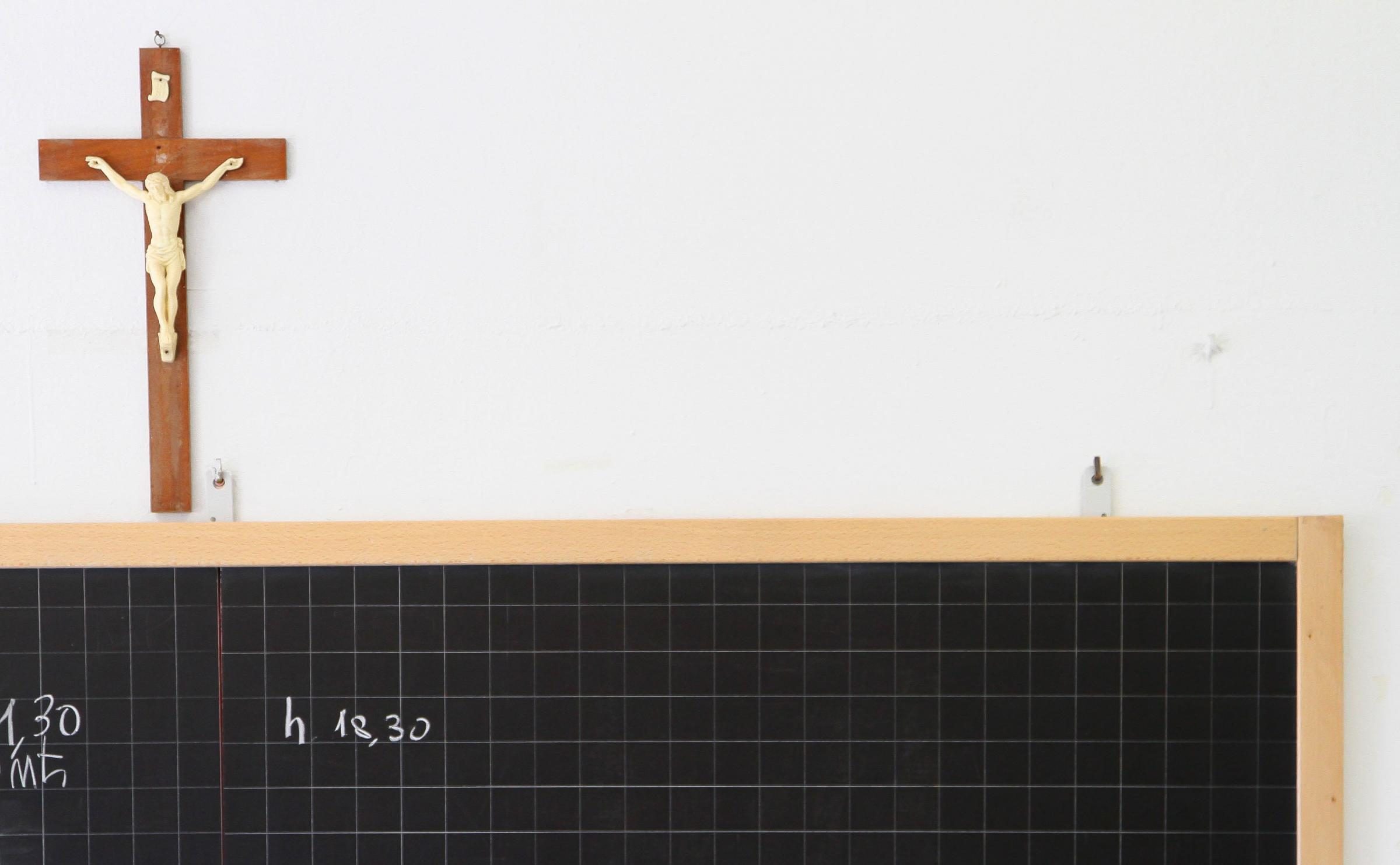Italian Supreme Court of Cassation, Joined Sections, No. 24414/2021, 9 September 2021

With a judgment pronounced on 9 September, the Joined Sections of the Supreme Court of Cassation ruled on the long-standing topic of the display of the crucifix in the classrooms of public schools, settling a dispute that the referring Judge (Civil Cassation, Labour Section, no. 19618/2020) had considered raising issues of the utmost importance. The particularity of the case, in many respects different from the previous case law – Italian and European (for all, the famous “Lautsi case”) – derived from the quality of the subject whose legal sphere was assumed to be harmed by the display of the symbol. Specifically, the case involved a teacher of a secondary school, who had been inflicted a 30-day suspension for having removed, during the hours in which he was teaching, the crucifix from the classroom, despite the fact that a previous order had obliged him to comply to the majority decision of the students' assembly, which had decided that the effigy should be displayed.
In giving a decision that is only partially favorable to the teacher, the Court's ruling provides arguments of deep theoretical commitment, which can be briefly summarized as follows:
(I) the presence of the crucifix in school classrooms cannot be considered compulsory, given that such a requirement would conflict with the supreme principle of secularity (“laicità”) of the Italian Republic, under which the latter needs to be impartial and equidistant with respect to each religious organization;
(II) the display of the symbol cannot, in any case, be considered prohibited. It follows that the choice of the school community, if favorable to such display, must be supported, provided that it is respectful of the method of a “reasonable accommodation”, which requires to satisfy at least partially (for example by guaranteeing an influence on the timing and methods of exposure) the claims of the dissenting minority;
(III) being an essentially “passive” symbol, the crucifix is unsuitable for suggesting a link between the teaching function and a specific religious belief. It follows that a service order such as the disputed one – illegitimate as it is not “accommodating”, in the sense just clarified – must in any case be considered deprived of any, direct or indirect, discriminatory attitude.
(Comment by Nadia Spadaro)

